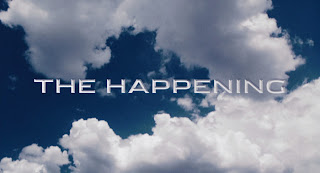Questionnaire
This lesson, we have been tasked with creating a questionnaire with the intention of discovering what interests an audience in a thriller opening to ensure our thriller will have the most impact and include elements that interest and entice the audience.
1) What gender are you?
Male Female
2) What age group do you fall under? Circle your answer.
11 - 13 14 – 16
17 - 19 20 +
3) What is your favourite genre of film?
Action Comedy
Horror Thriller
Drama Sci-Fi
Romance
4) Do you enjoy watching the genre: Thriller?
Yes No
5) What age rating would you expect a typical thriller film to be?
U PG 12A
12 15 18
6) Why do you think this?
____________________________________________________________
____________________________________________________________
____________________________________________________________
____________________________________________________________
____________________________________
7) Would a thriller appeal more to you if it was set in a local area?
Yes No
Explain why…
_____________________________________________________________
_____________________________________________________________
_____________________________________________________________
_____________________________________________________________
________________________________
8) What do you think would be your favourite sub genre of a thriller film?
Political Crime
Conspiracy Psychological
Disaster Mystery
Legal Religious
9) What do you think makes a good thriller?
______________________________________________________________
______________________________________________________________
______________________________________________________________
______________________________________________________________
____________________________
10) What do you think makes up a typical thriller character?
______________________________________________________________
______________________________________________________________
______________________________________________________________
______________________________________________________________
____________________________

















